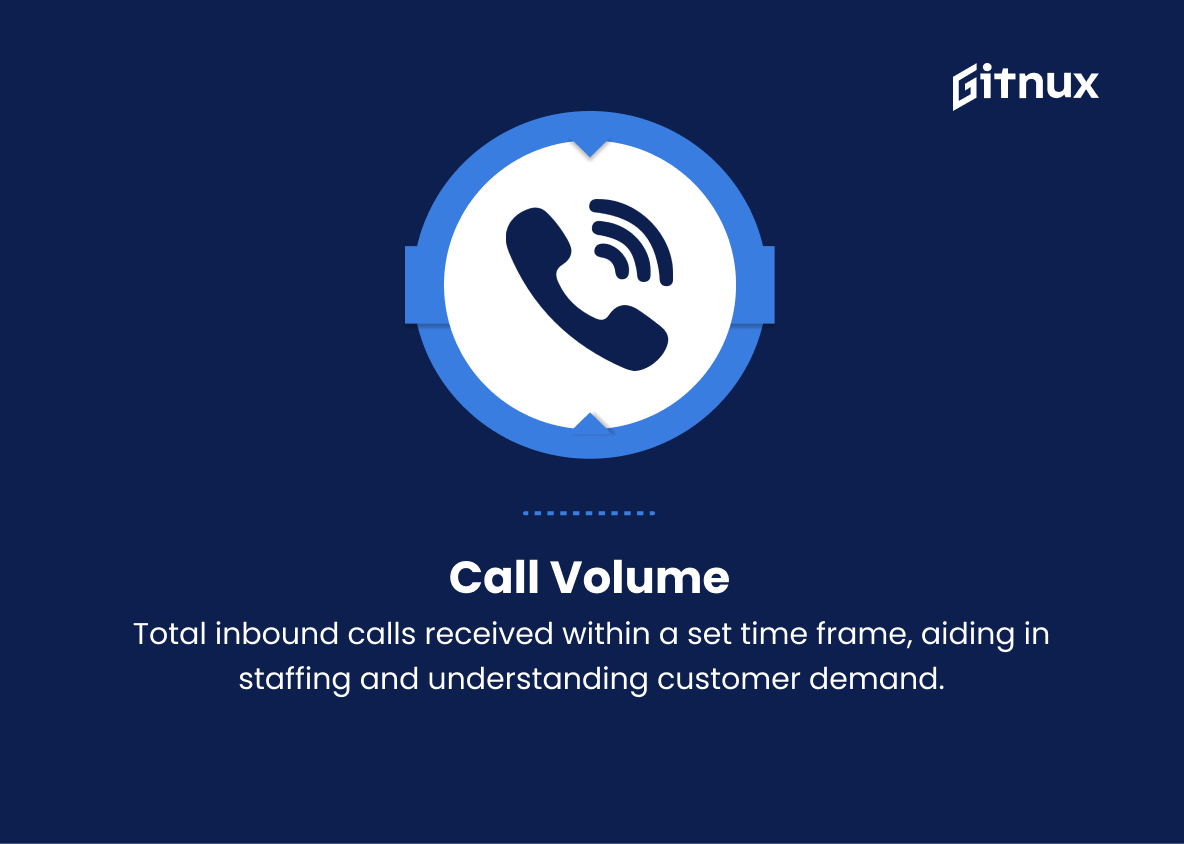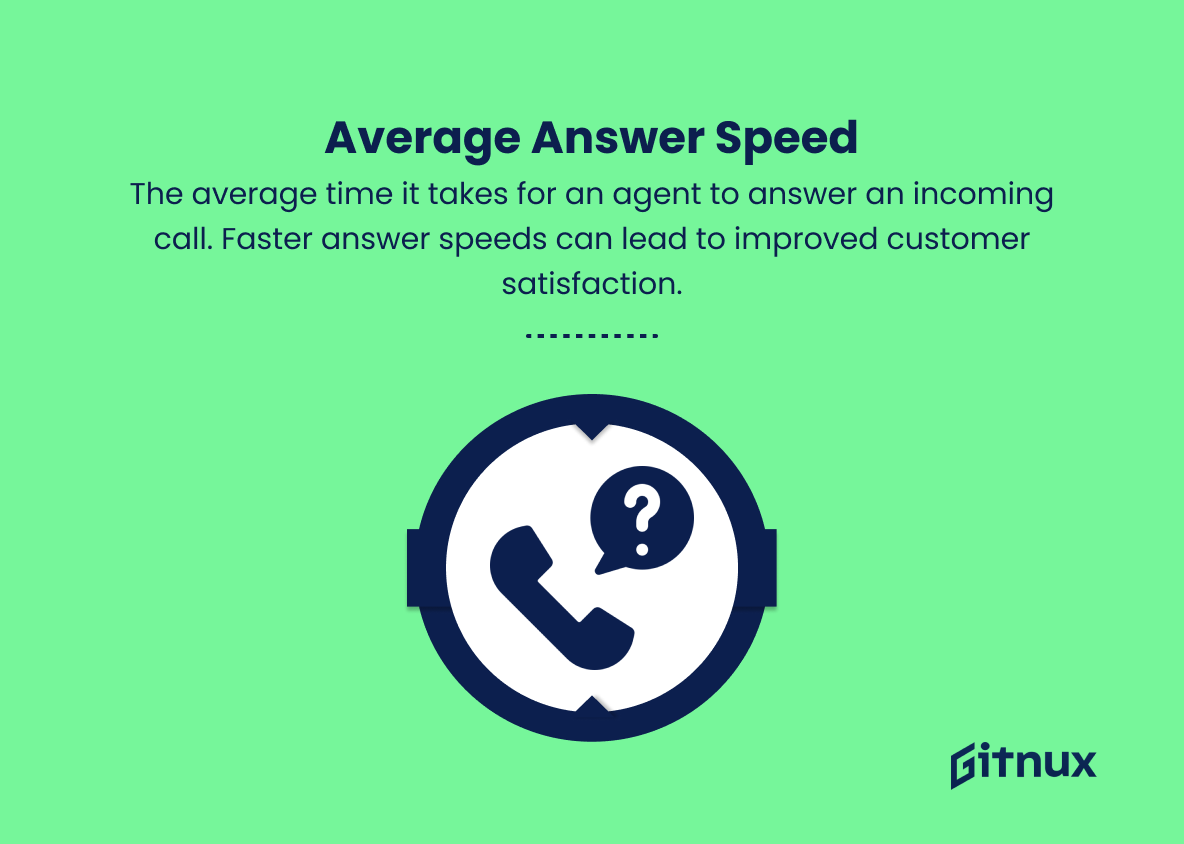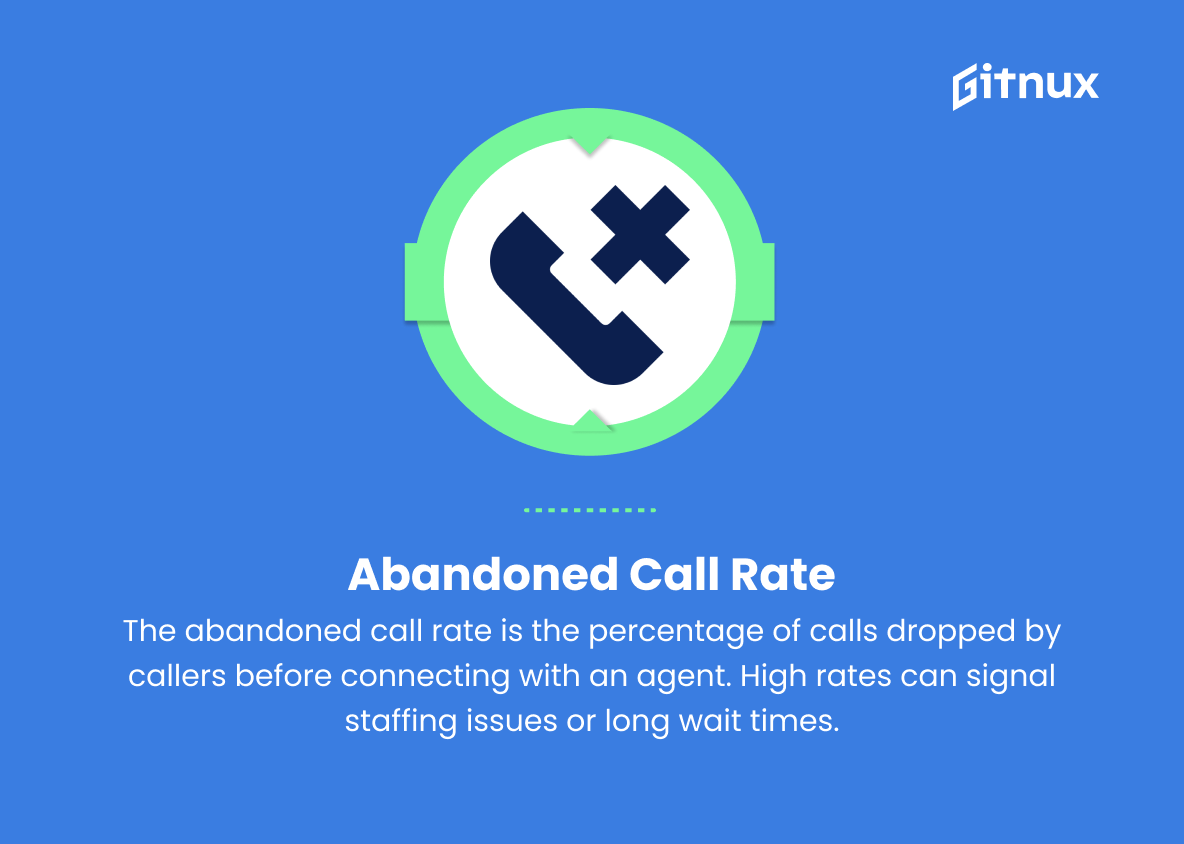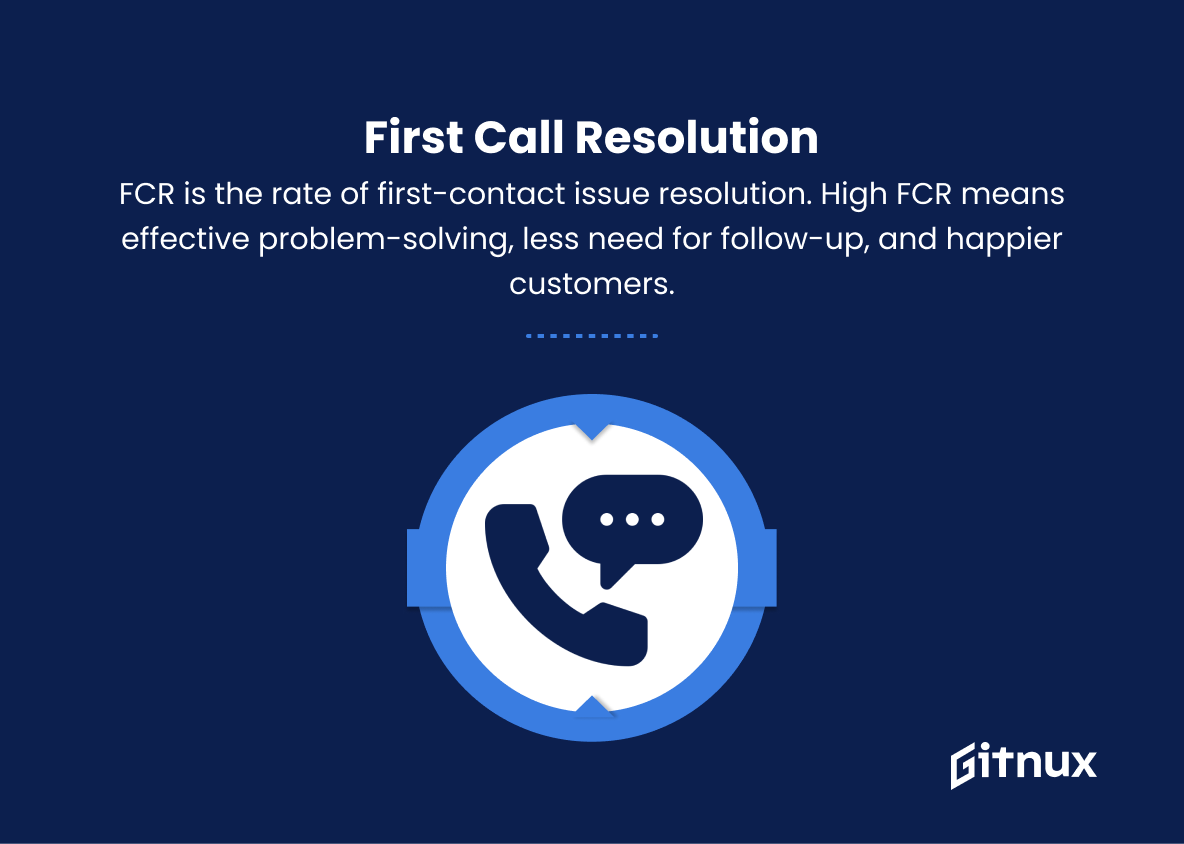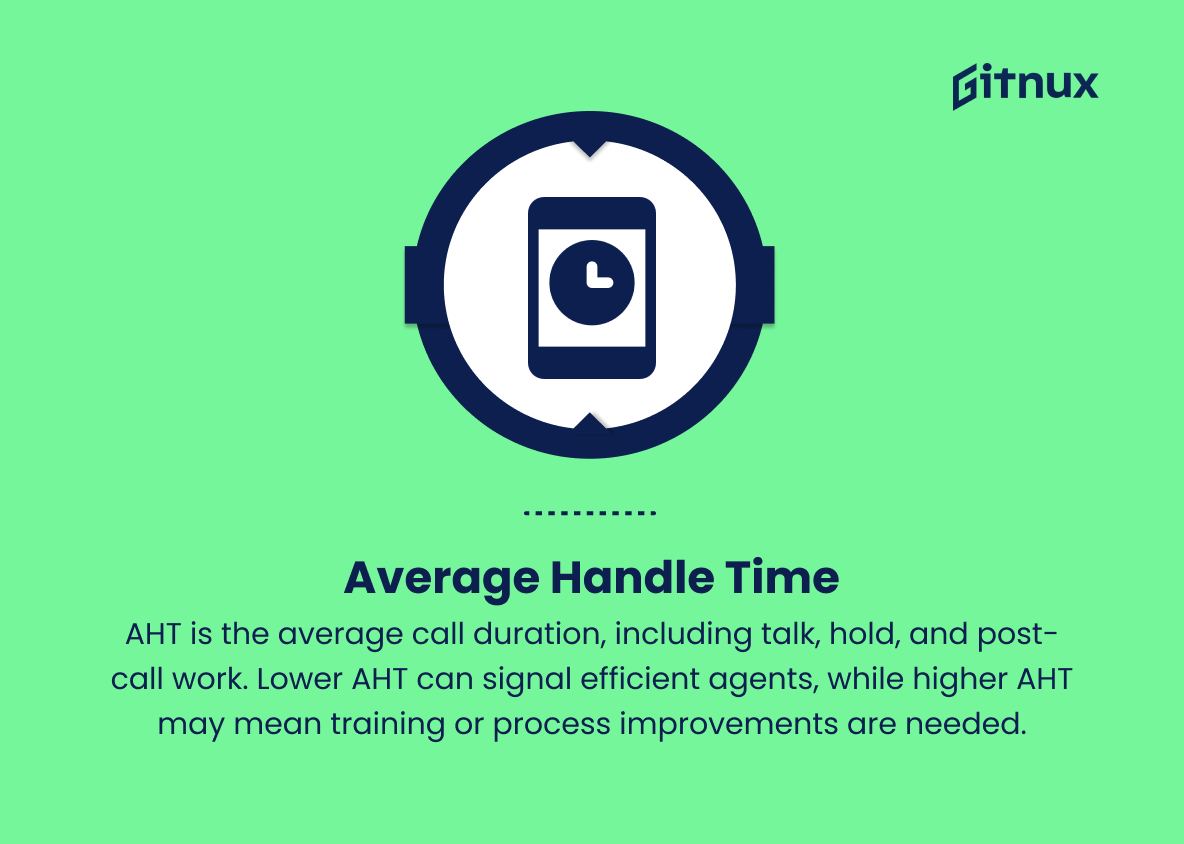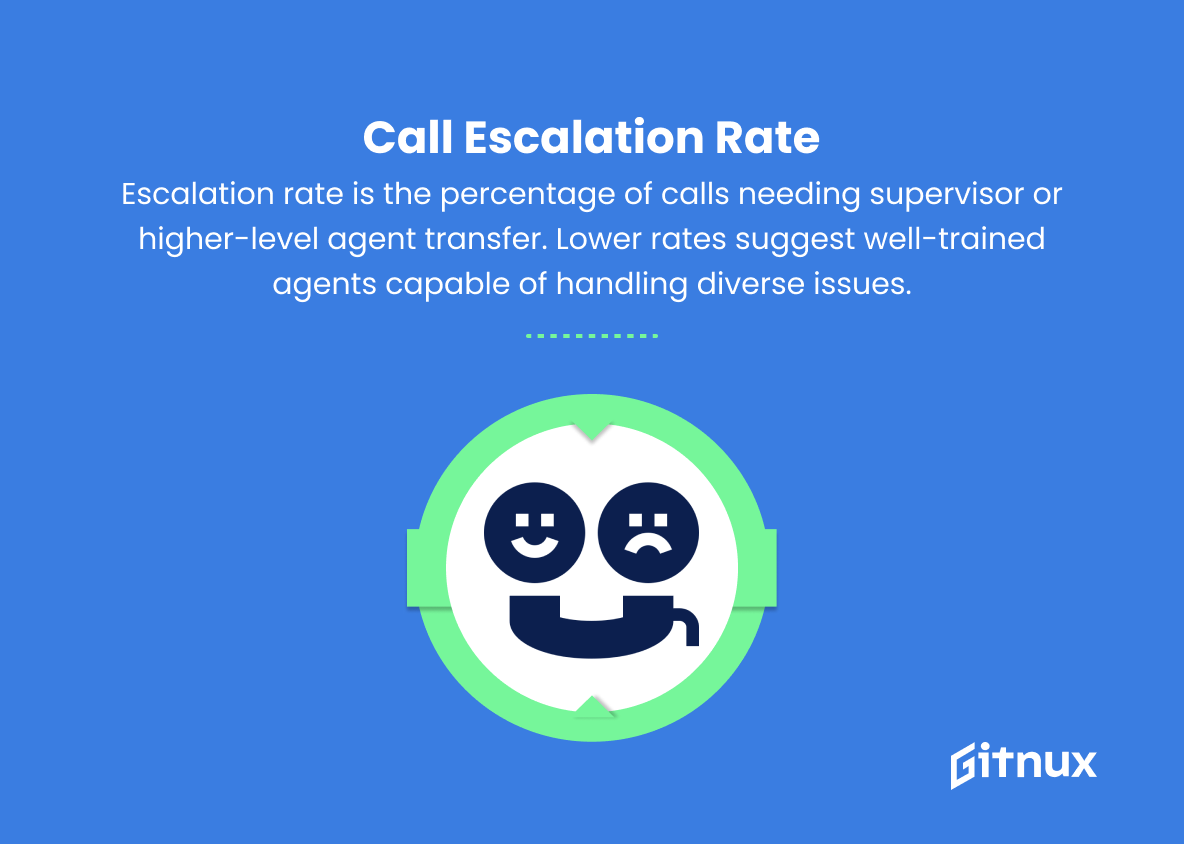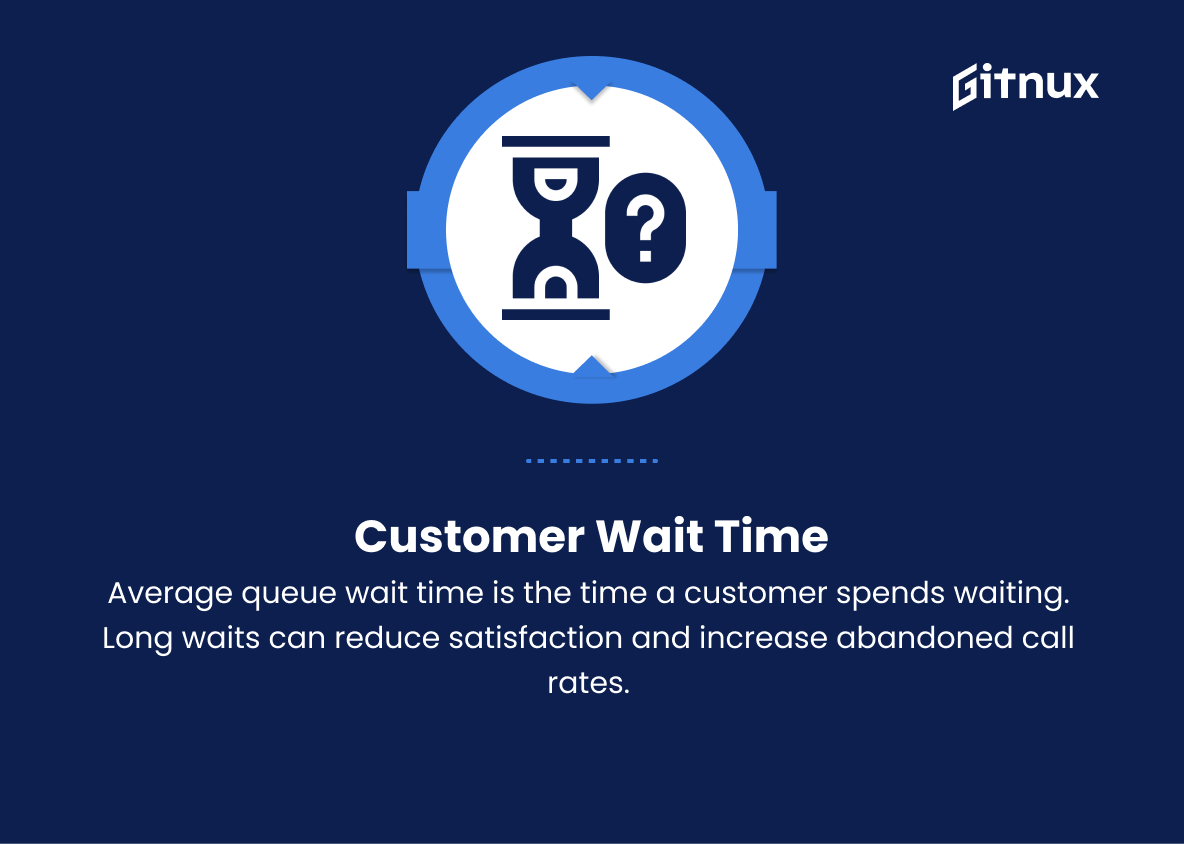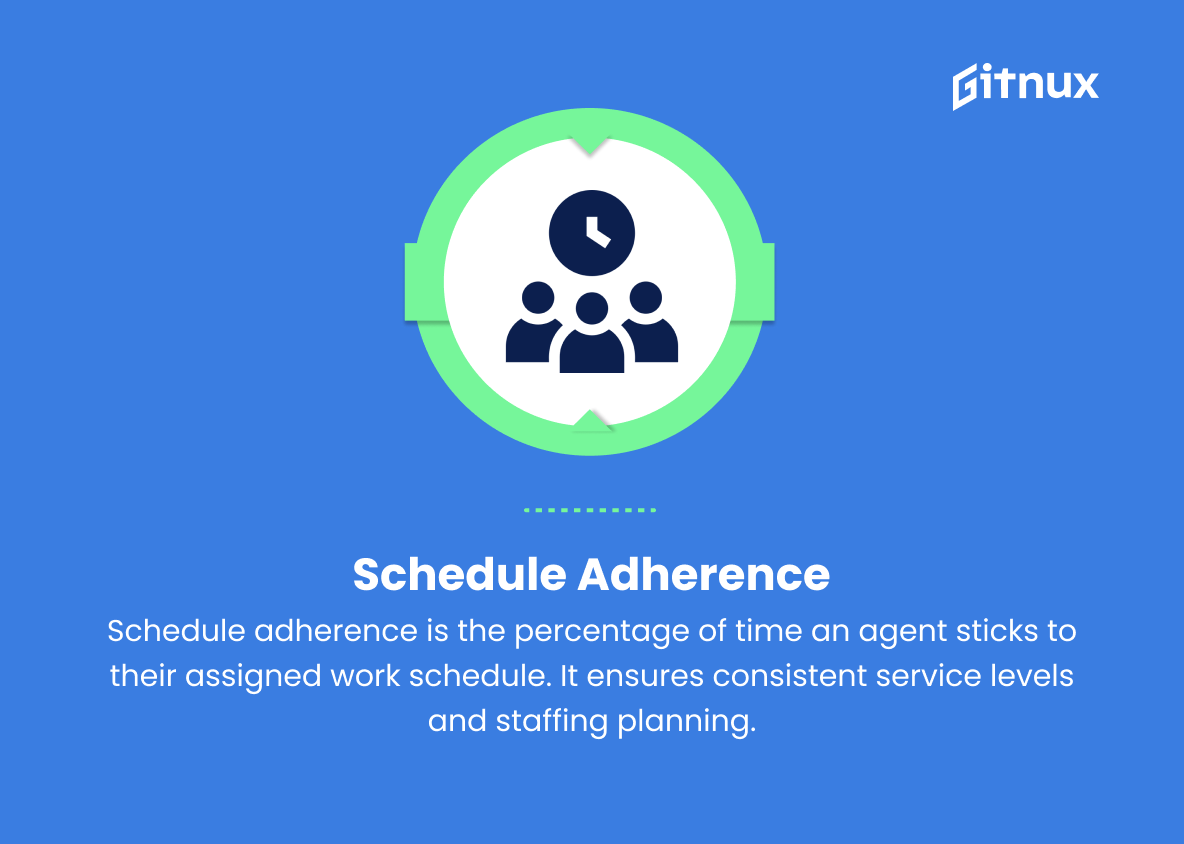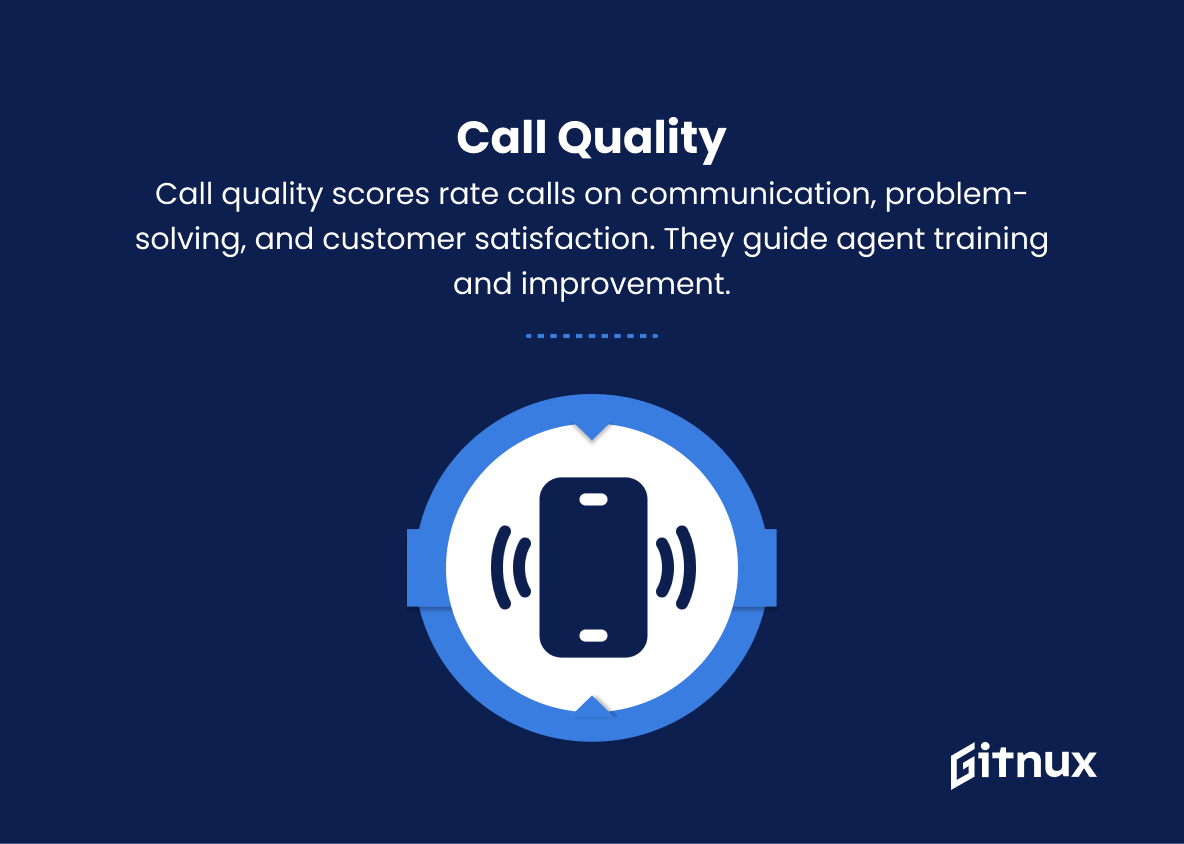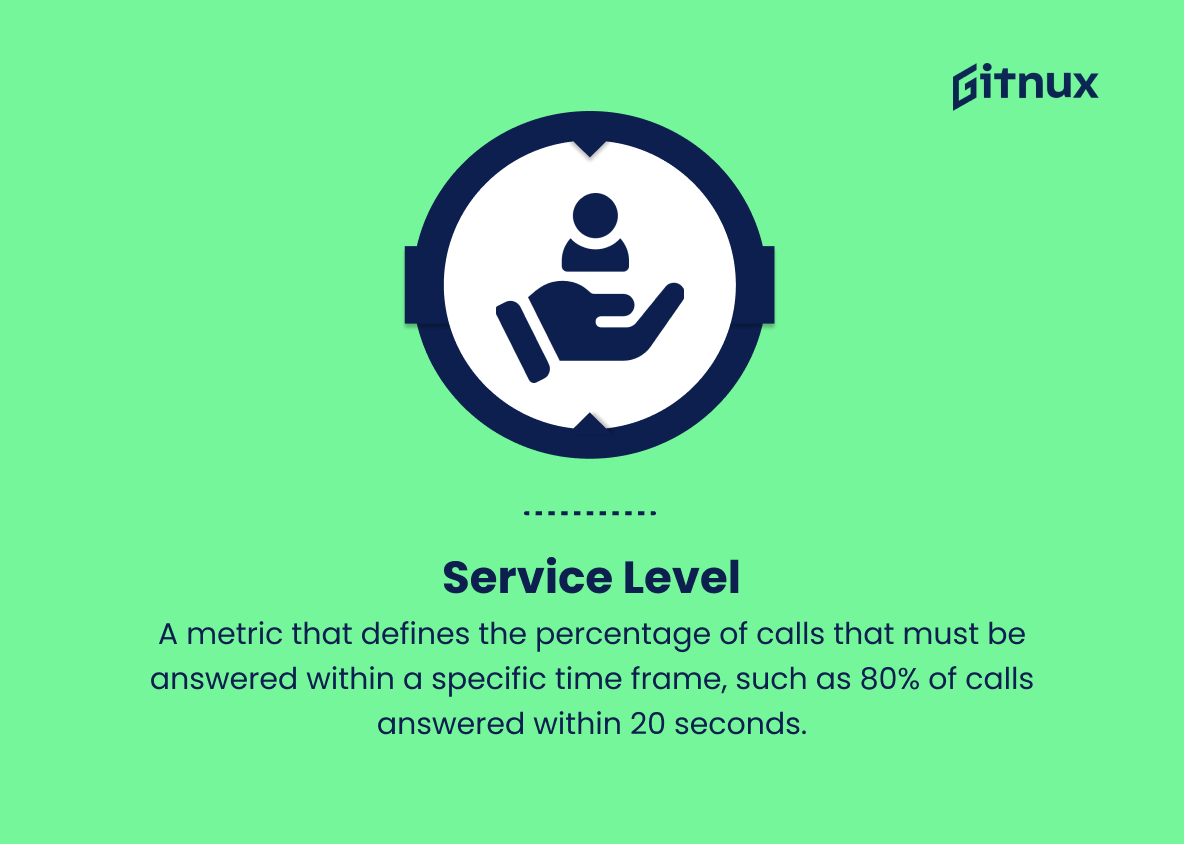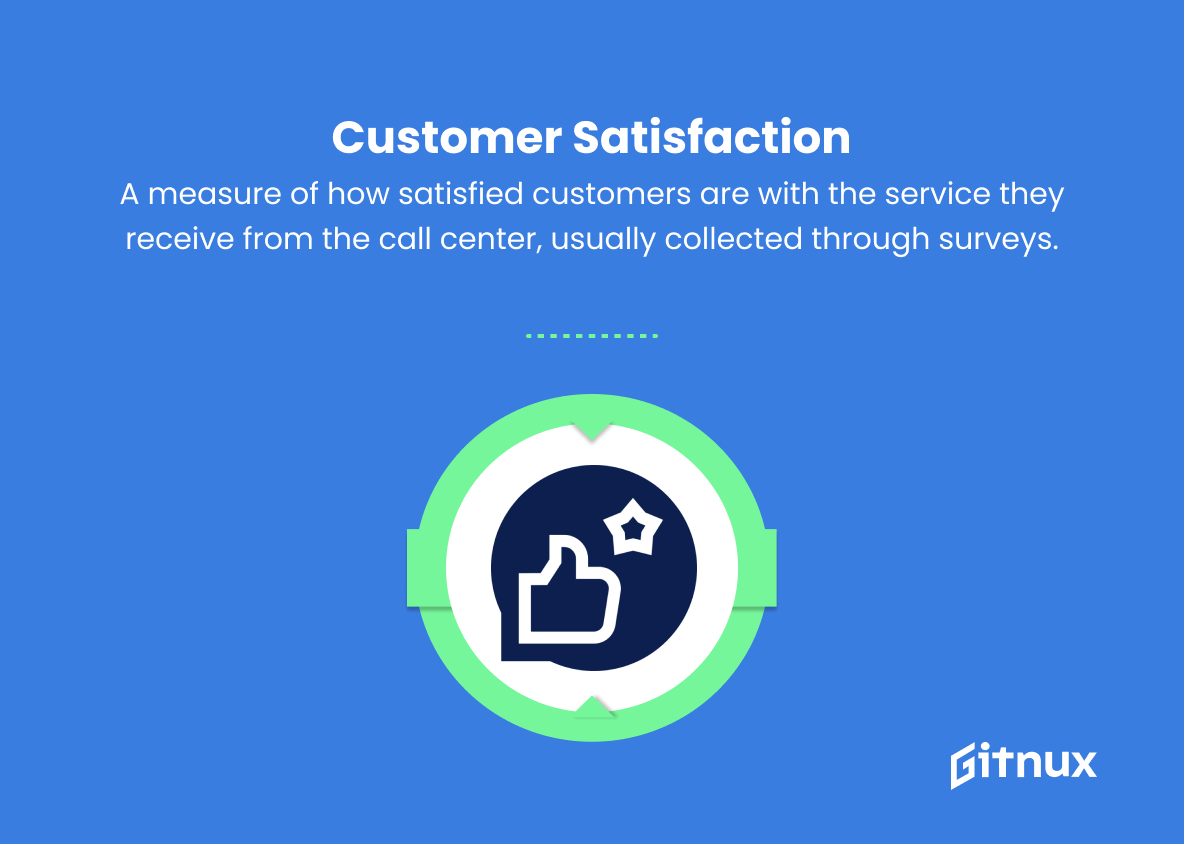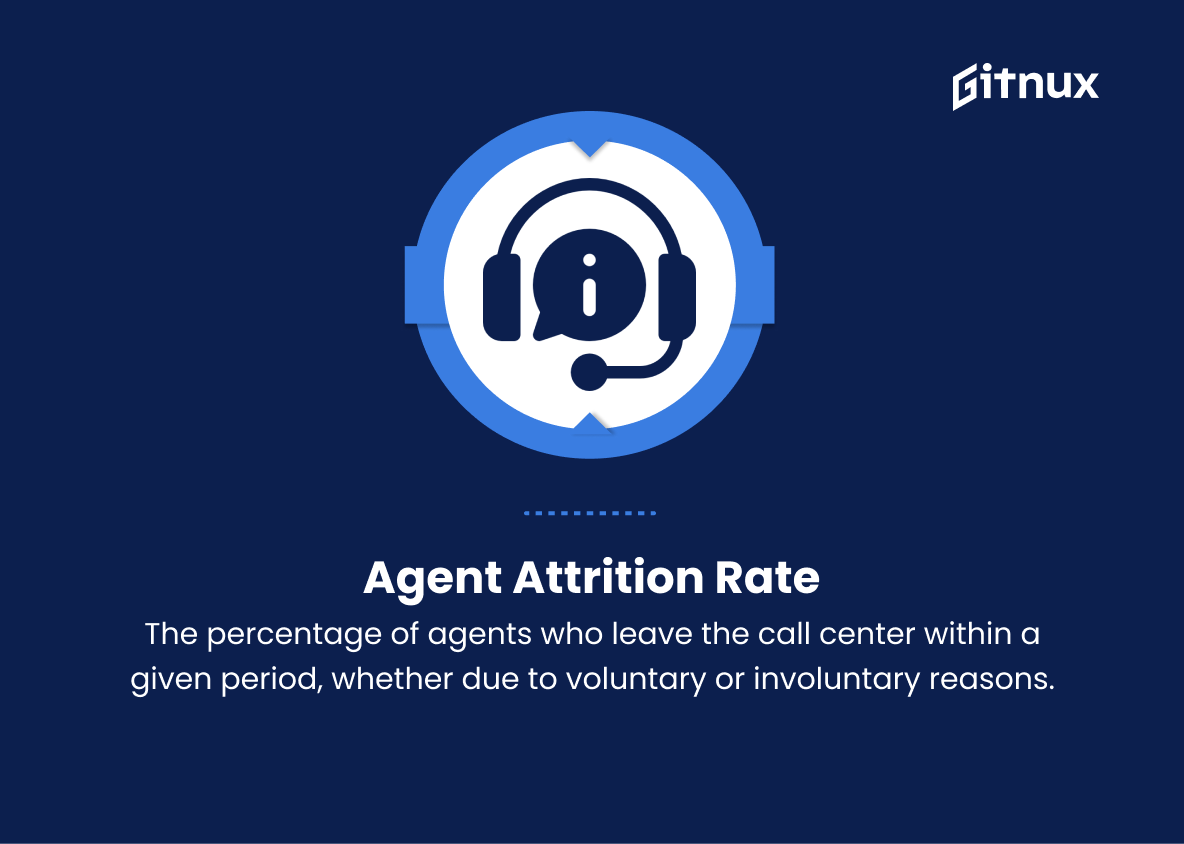In today’s competitive business landscape, a successful inbound call center can be the driving force behind enhanced customer satisfaction, elevated brand reputation, and increased bottom-line results. However, achieving excellence in inbound call center management demands a thorough understanding of the key performance indicators (KPIs) that determine its overall effectiveness.
In this insightful blog post, we delve deep into the world of inbound call center metrics, illuminating their significance, the best practices for measuring them, and how they can propel your call center operations to achieve unprecedented success. Join us as we unlock the potential of data-driven decision-making and empower your organization to excel in the realm of customer communication and support.
Inbound Call Center Metrics You Should Know
1. Call volume
The total number of inbound calls received by the call center within a specific time frame, such as daily, weekly, or monthly. It helps to understand customer demand and plan staffing accordingly.
2. Average answer speed
The average time it takes for an agent to answer an incoming call. Faster answer speeds can lead to improved customer satisfaction.
3. Abandoned call rate
The percentage of incoming calls that are abandoned by the caller before connecting with an agent. A high abandoned call rate may indicate inadequate staffing, slow response times, or long waiting times for customers.
4. First call resolution (FCR)
The percentage of calls resolved during the first interaction between the customer and the agent. A high FCR indicates effective problem-solving, reducing the need for follow-up calls and improving customer satisfaction.
5. Average handle time (AHT)
The average duration of a call, including talk time, hold time, and after-call work. Lower AHTs may indicate more efficient agents, while higher AHTs might suggest the need for additional staff training or process improvements.
6. Call escalation rate
The percentage of calls that need to be transferred or escalated to a supervisor or higher-level agent. Lower escalation rates can indicate better-trained agents who can handle a wider variety of issues.
7. Customer wait time
The average time a customer spends waiting in the queue before connecting with an agent. Long wait times can lead to decreased customer satisfaction and higher abandoned call rates.
8. Agent occupancy rate
The percentage of time an agent spends on calls or performing after-call work during their shift. High occupancy rates may indicate a need for more agents, while low occupancy rates may suggest overstaffing.
9. Schedule adherence
The percentage of time an agent adheres to their assigned work schedule, including breaks and other offline activities. Good schedule adherence helps maintain consistent service levels and plan for staffing needs.
10. Call quality
A score or rating assigned to calls based on factors like communication skills, problem-solving abilities, and overall customer satisfaction. Monitoring call quality helps identify areas for agent training and coaching.
11. Service level
A metric that defines the percentage of calls that must be answered within a specific time frame, such as 80% of calls answered within 20 seconds. It measures the call center’s ability to meet customer expectations and maintain service standards.
12. Customer satisfaction (CSAT)
A measure of how satisfied customers are with the service they receive from the call center, usually collected through surveys. High customer satisfaction can lead to increased loyalty and positive word of mouth.
13. Agent attrition rate
The percentage of agents who leave the call center within a given period, whether due to voluntary or involuntary reasons. High attrition rates can lead to increased hiring and training costs, as well as potential service gaps.
Inbound Call Center Metrics Explained
Inbound call center metrics play a vital role in understanding and improving the overall customer experience and operational efficiency. Metrics such as call volume, average answer speed, and abandoned call rate help to assess customer demand, responsiveness, and staffing adequacy. First call resolution, average handle time, and call escalation rate provide insights on agent performance and competency, allowing for targeted training and process improvements.
Customer wait time, agent occupancy rate, and schedule adherence influence customer satisfaction and service consistency, while also guiding optimal staff allocation. Monitoring call quality and service levels are essential to maintain high customer satisfaction and uphold industry standards. Regularly tracking customer satisfaction, agent attrition rate, and other essential metrics can ultimately lead to increased customer loyalty, reduced costs, and a well-functioning inbound call center.
Conclusion
In conclusion, effective inbound call center metric monitoring is critical for the success of any business relying on customer service. By consistently measuring and optimizing key performance indicators, organizations can ensure their call centers operate efficiently and achieve business objectives while keeping customer satisfaction at the forefront.
Through the continuous evaluation of metrics such as call abandonment rate, first call resolution, average handling time, and more, companies can leverage valuable insights to improve the overall customer experience and increase brand loyalty. As technology and the needs of customers evolve, staying vigilant and adaptive to these changes becomes vital in creating a robust, efficient, and customer-focused call center.
